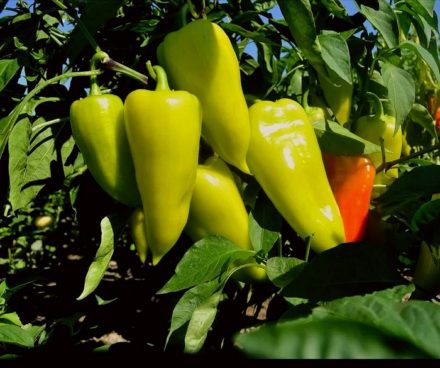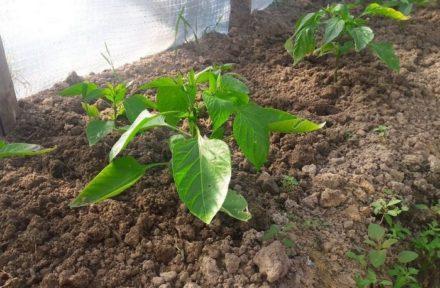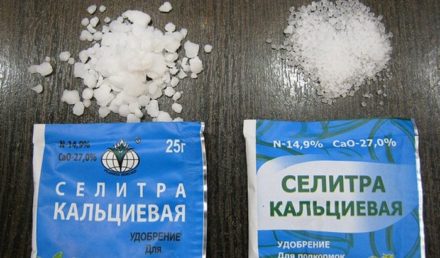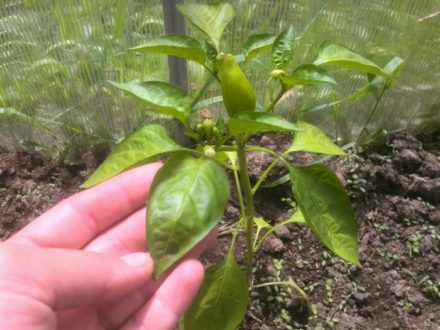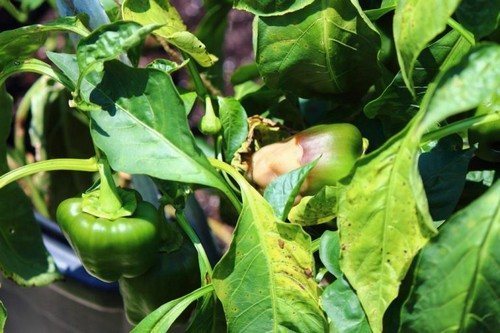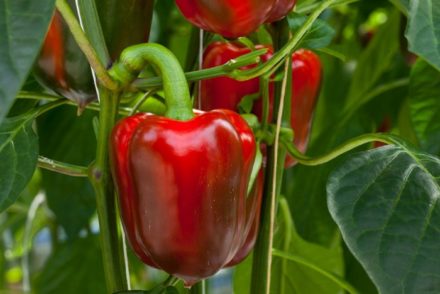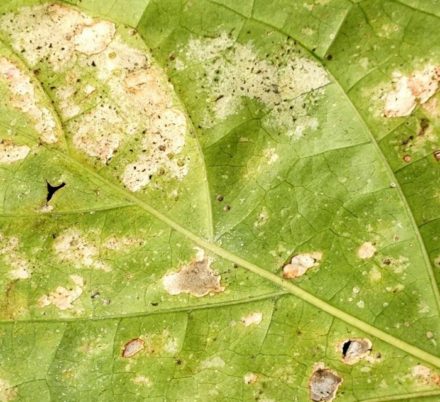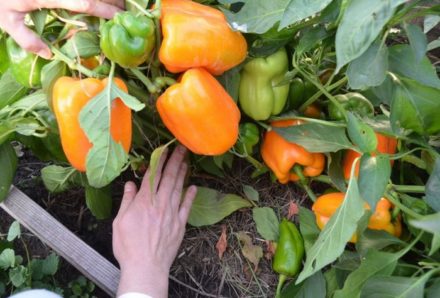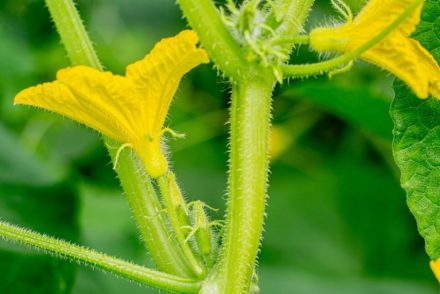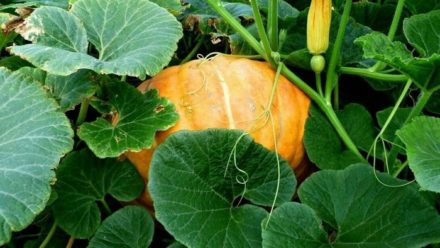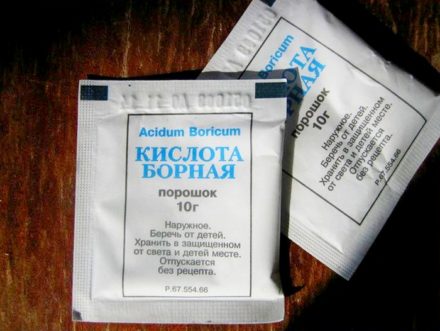Pepper, like other garden crops, does not develop well in acidic soil. According to the rules, the soil must be brought into a condition suitable for plants in advance by adding slaked lime or dolomite flour before digging in the fall. However, gardeners do not always have enough time for this. As a result, the pepper develops worse and bears fruit poorly. Ordinary chalk can help in such a situation.

The benefits of chalk fertilizer for peppers
The optimal soil acidity level for peppers is on average 6.5 pH. A slight deviation of the indicator in one direction or the other is allowed. If the pH is 5 units or less, the soil is considered acidic. In such soil the growth of culture is inhibited.
You can measure the acidity level using litmus paper. Today, test strips are sold in gardening stores and garden centers. Adding chalk helps change the pH in the desired direction.
In addition, chalk powder contains calcium. This element affects all stages of pepper growth. Due to calcium, plant cells are renewed and fruits with fleshy thick walls are formed. With a lack of calcium, blossom end rot develops at the ends of the shoots.
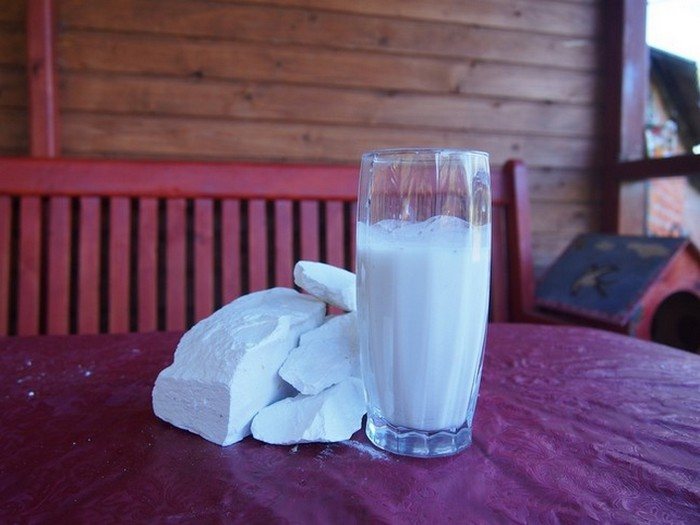
3 types of feeding with chalk
The nutritional supplement for peppers can include more than just chalk. For greater effectiveness, additional components are added to the chalk powder.
Chalk and herbal infusion
Green fertilizer is often used by summer residents as a source of nitrogen. If you add chalk to the infusion of cut grass, you will get a composition rich in nitrogen and calcium, which will also act as a mild deoxidizer.
It is better to prepare an infusion of herbs from nettles, but other weeds or mowed lawn grass will also work. The composition should not be too concentrated, so before use it is diluted with water. Chalk is added at the end of preparation of the fertilizer.
How to prepare fertilizer:
- The crushed weeds are thrown into the barrel, filling it halfway.
- The rest of the volume is filled with water, leaving a little room for fermentation.
- Cover the barrel with a lid and wait for the composition to ferment. This takes on average 10 days.
- Green fertilizer is mixed daily.
- When the liquid becomes lighter in color and stops bubbling and smelling unpleasant, you can use it for feeding by straining through a sieve or cheesecloth.
The composition turns out to be concentrated, so it requires dilution. To 9 liters of water add 1 liter of herbal concentrate and a glass of crushed chalk (any kind will do). The resulting portion is enough for 10 peppers. Fertilizing is repeated 2-3 times until flowering begins.
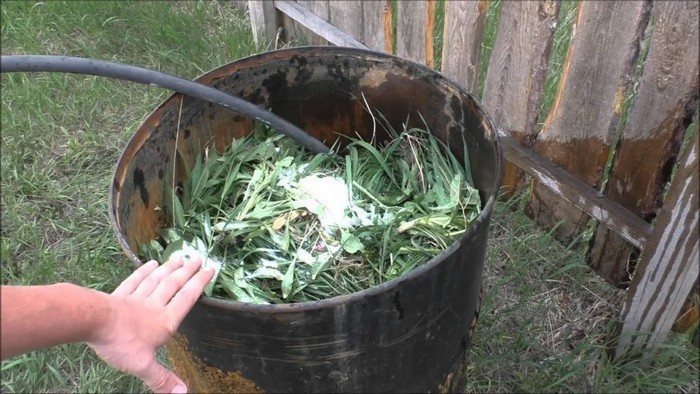
Chalk with urea
Not only organic matter can saturate peppers with nitrogen. If you don’t have the time or desire to prepare a herbal infusion, you can use carbamide (urea). This is a substance of natural origin, released artificially. The fertilizer is well absorbed by pepper.
After applying urea, the bushes begin to grow actively, their stems become strong, and their leaves become bright green.Urea helps increase productivity. However, all this is only true if the dosage is observed. To prepare the fertilizer you will need:
- 1 matchbox of urea (without slide);
- 1 glass of chalk;
- 10 liters of water.
All components are thoroughly mixed. The water for preparing fertilizing should be warm. The prepared solution is poured under the root of each bush in an amount of 1 liter. The first feeding is carried out 2 weeks after planting the seedlings. The second time, a solution based on chalk and urea is applied before flowering begins. The next feeding of pepper should consist of phosphorus and potassium fertilizers.
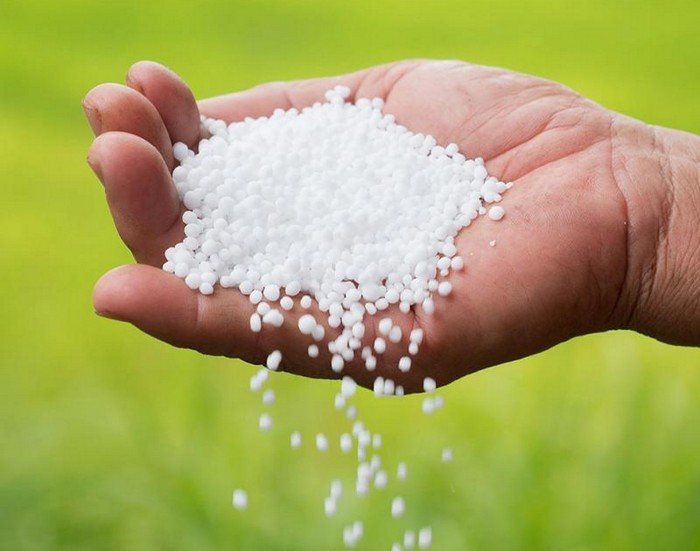
Chalk and chicken droppings
By mixing crushed chalk and chicken manure, you can obtain a valuable organomineral fertilizer. Start preparing the solution in advance. It is better to purchase chicken manure in the form of dry granules; this fertilizer does not have an unpleasant odor. Since fertilizing with a nitrogen composition can acidify the soil, chalk is added to it.
In addition to nitrogen, chicken manure contains a lot of phosphorus and potassium. This feeding is useful not only for plants, but also for soil microflora. Experts prefer chicken droppings over manure, considering it a more effective and safe fertilizer.
How to cook:
- The granules are pre-soaked in water for a week in a ratio of 1:50.
- 1 part of the resulting concentrate is diluted with 10 parts of water.
- Add chalk to the solution (200 g per 10 liters of fertilizer).
Fertilizer is applied to the soil after watering or rain so as not to burn the roots. You can apply fertilizer 1-2 times until the buds form.
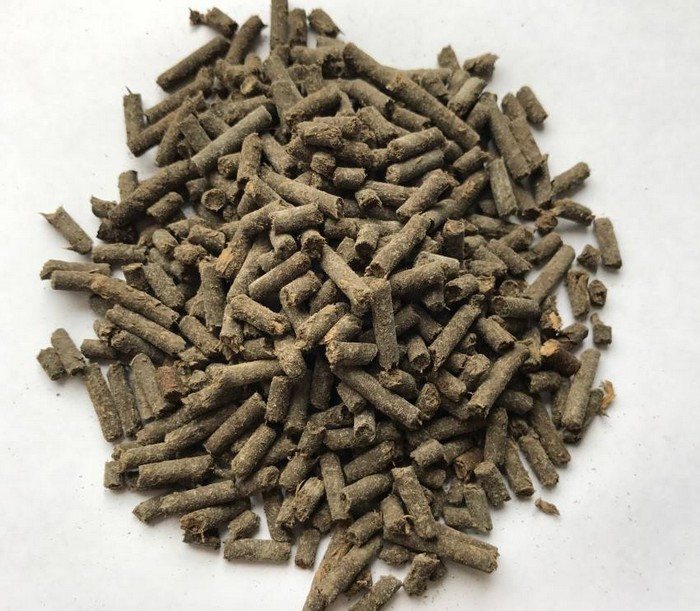
Fertilizing with chalk will make the fruits more aromatic and tasty.In order for pepper to absorb calcium well, it needs regular watering and mulching to prevent overheating of the roots. The mulch is renewed once every 3-4 weeks. For a good harvest, pepper bushes must be shaped.


